Electric tea kettle recommendations?
Kendrah
4 years ago
Featured Answer
Sort by:Oldest
Comments (55)
kaseki
4 years agoKristin S
4 years agolast modified: 4 years agoRelated Discussions
Tea kettle
Comments (17)mes444 wrote: : I ... thought about All Clad as I have and love their pots and pans. But upon checking some reviews at Amazon about their tea kettles, it seems they are not up to their usual high standards... We bought an AC tea kettle a couple of years ago and can relate to the Amazon reviews. The spout started leaking on ours too. To their credit, AC honored the lifetime guarantee and have recently sent us a new one. The new kettle has been redesigned such that I don't think leakage will be a problem. Of note, the new kettle is made in the PRC, not Italy....See MoreAnother tea kettle thread - please help!
Comments (12)Thanks Ken. To keep a long story long: I went to Williams Sonoma even though I "knew" from their web site that they don't carry LC tea kettles. They had a poor selection, basically the Uplift ones which we already didn't like, and a Chantal, where I could foresee the heat problems people are having. (I can't for the life of me figure out why anyone would design a kettle where you have to use a pot holder to hold or open it!!!) Went to Crate and Barrel, tons of Uplift (do people really like this klumsy design?) and a Chantal Professional which was insulated, looked great, but was way too huge for my little old ma. Got frustrated, left the city, then went to Bed Bath and Beyond because they were listed as a LC retailer. I didn't find the LC kettle there, but did find a Chantal that has heat resistant handle, lid and spout. Bingo, bought it. Went next door to a different Wms Sonoma for something else and lo and behold they had a LC tea kettle. Not the Zen, but another. Very nice, I would have bought it had I seen it first, but oh well too late. Honestly my mom likes to keep it simple and might not have loved the "removable part." Chantal was $59. Of course I didn't have one of the BBB coupons that I get twice a day in the mail and they wouldn't let me slide. I'll let you know how it works....See MoreWhistle for Tea Kettle
Comments (6)Sorry, no, but I will recommend a Capresso electric kettle with automatic shut-off, and skip a traditional kettle entirely. http://www.amazon.com/Capresso-259-Kettle-Polished-Chrome/dp/B000BY4ZHO/ref=sr_1_1?ie=UTF8&qid=1461519091&sr=8-1&keywords=capresso+electric+kettle If fact, almost any electric kettle will be a better choice for the amount of energy it uses, if that is something you have never taken into consideration. It takes less energy to heat water in an electric kettle than in a traditional kettle, and here's why. The water in an electric kettle is in direct contact with the heating element and heats quickly, while a traditional kettle/pot/pan has to be heated by the heating source, and THEN the water gets hot as the kettle gets hot, and much of the heat source is lost in the air, especially if using a gas stove or an electric burner larger than the bottom surface of the kettle. When the temperature hits the boiling mark, the kettle will automatically shut off - no wasted energy waiting for someone to shut-off the energy source. I can easily hear the "click", and don't require the whistle. I quickly retired my copper-bottom Revereware Whistling Tea Kettles (both small and large sizes). Take it from the Brits and Canadians who use electric kettles all the time. I learned to use an electric kettle from my Canadian grandmother. My home tests for heating 5-cups of water: * Induction hot plate on #10 (high) using a heavy stainless steel pan - 8 minutes * Sharp Convection/Microwave Oven - 8-cup glass measuring cup - 13 minutes * Capresso Electric Kettle - 5 minutes I have a "Cook's Essentials" electric kettle I use to heat water for doing dishes. That kettle is even faster. We use a water-saving method for doing dishes and after-meal clean-up that only uses 1-gallon of water, and we heat 5-cups of water for the task. -Grainlady...See MoreElectric kettle recommendations?
Comments (6)I have the basic Breville. Not the one with all the panel settings. I was hesitant because of some bad reviews...so far it has been fine and does what it should do quickly. My only complaint is it heats up to a boil with so much steam before the 'ding' and before shutting off. If used under a cabinet it will throw off so much steam that your cabinet underneath will be sopping wet. Daily use would be tragic. Maybe mine is timed wrong. Or a cover over the spout to contain all that steam. What I do like is that it is made with the most non-plastic parts of all the electric kettles i researched....See Morekaseki
4 years agochas045
4 years agoKendrah
4 years agoOlychick
4 years agoCompumom11
4 years agodcarch7 d c f l a s h 7 @ y a h o o . c o m
4 years agoKendrah
4 years agojakkom
4 years agoUser
4 years agochas045
4 years agoM
4 years agolast modified: 4 years agoCompumom11
4 years agodotsandstripes 123
4 years agoLars
4 years agoKendrah
4 years agolast modified: 4 years agoM
4 years agodcarch7 d c f l a s h 7 @ y a h o o . c o m
4 years agoKendrah
4 years agokaseki
4 years agodcarch7 d c f l a s h 7 @ y a h o o . c o m
4 years agolast modified: 4 years agoM
4 years agokaseki
4 years agodcarch7 d c f l a s h 7 @ y a h o o . c o m
4 years agolast modified: 4 years agoM
4 years agolast modified: 4 years agoKendrah
4 years agodcarch7 d c f l a s h 7 @ y a h o o . c o m
4 years agolast modified: 4 years agoAnne Duke
4 years agokaseki
4 years agoamylou321
4 years agoOlychick
4 years agolast modified: 4 years agoJerry Jorgenson
4 years agolast modified: 4 years agodcarch7 d c f l a s h 7 @ y a h o o . c o m
4 years agolast modified: 4 years agokaseki
4 years agoElmer J Fudd
4 years agolast modified: 4 years agodcarch7 d c f l a s h 7 @ y a h o o . c o m
4 years agolast modified: 4 years agokaseki
4 years agodcarch7 d c f l a s h 7 @ y a h o o . c o m
4 years agokaseki
4 years agoJerry Jorgenson
4 years agopetalique
4 years agoElmer J Fudd
4 years agolast modified: 4 years agokaseki
4 years agoWalnutCreek Zone 7b/8a
4 years agoOlychick
4 years agoWalnutCreek Zone 7b/8a
4 years agoKendrah
4 years agoopaone
4 years ago
Related Stories
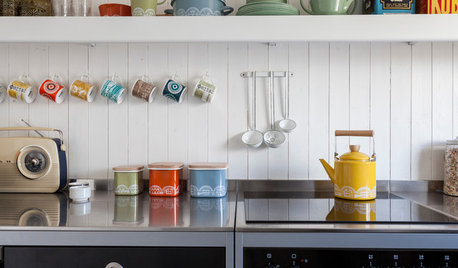
LIFEHow Do You Make Your Tea and Coffee in the Morning?
A morning cup is a must for many, and preparation comes in many guises. We look at coffee and tea habits across the Houzz community
Full Story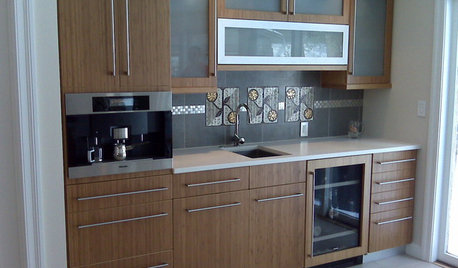
KITCHEN DESIGNHot Ideas and Tips for Coffee and Tea Stations
Let options like drawer inserts and built-in coffeemakers percolate now, so your hot-drinks station can best serve holiday guests
Full Story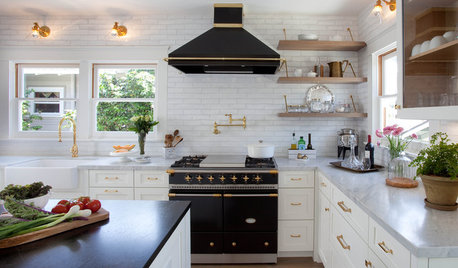
KITCHEN DESIGN5 Premium Kitchen Features One Designer Recommends
From pro-style ranges to discreet charging stations, these luxury upgrades can take a space to the next level
Full Story
GARDENING AND LANDSCAPINGPorch Life: Banish the Bugs
Don't let insects be the bane of your sweet tea and swing time. These screening and product ideas will help keep bugs at bay on the porch
Full Story
LIFEHow to Prepare for and Live With a Power Outage
When electricity loss puts food, water and heat in jeopardy, don't be in the dark about how to stay as safe and comfortable as possible
Full Story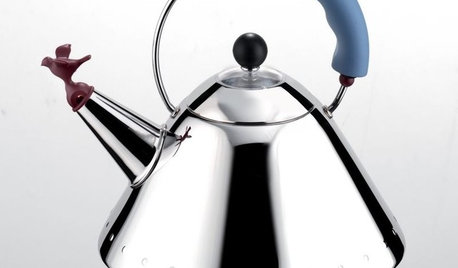
ACCESSORIESNew Classics: The 9093 Teakettle
We could spout off about this kettle's postmodern lines and cheeky design note here, but the 28 years in production speak for themselves
Full Story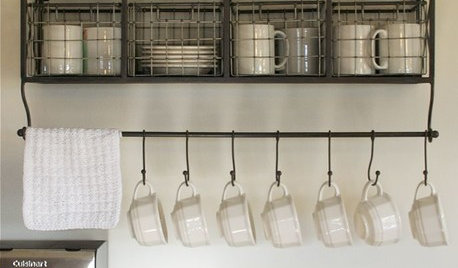
KITCHEN DESIGNHot-Drink Stations Hit the Spot
Beverage bars brimming with cocoa, tea, coffee and all the accoutrements make winter entertaining a delight
Full Story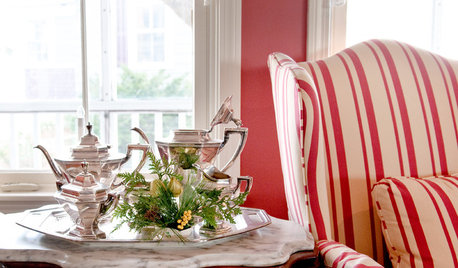
LIFESimple Pleasures: Indulging in Teatime
Get out the china cups and cream-slathered scones. Tea with treats can make even an uneventful day feel extravagant
Full Story
GREEN BUILDINGGoing Solar at Home: Solar Panel Basics
Save money on electricity and reduce your carbon footprint by installing photovoltaic panels. This guide will help you get started
Full Story
KITCHEN APPLIANCESFind the Right Cooktop for Your Kitchen
For a kitchen setup with sizzle, deciding between gas and electric is only the first hurdle. This guide can help
Full StorySponsored



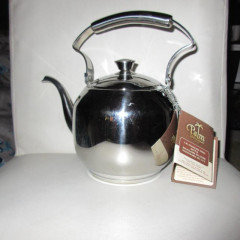

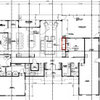
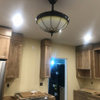
dcarch7 d c f l a s h 7 @ y a h o o . c o m